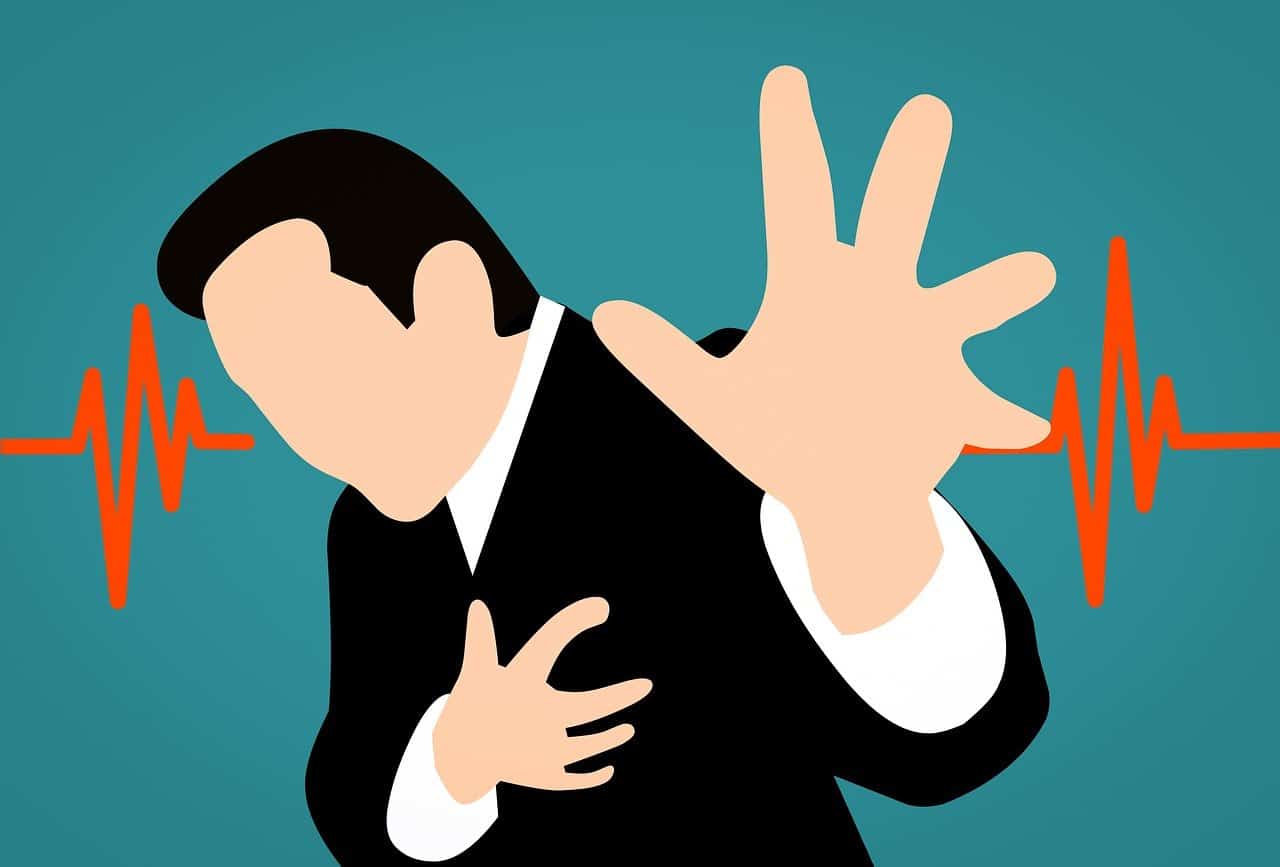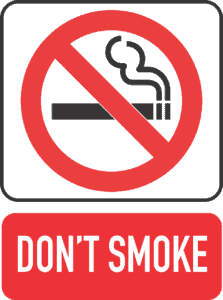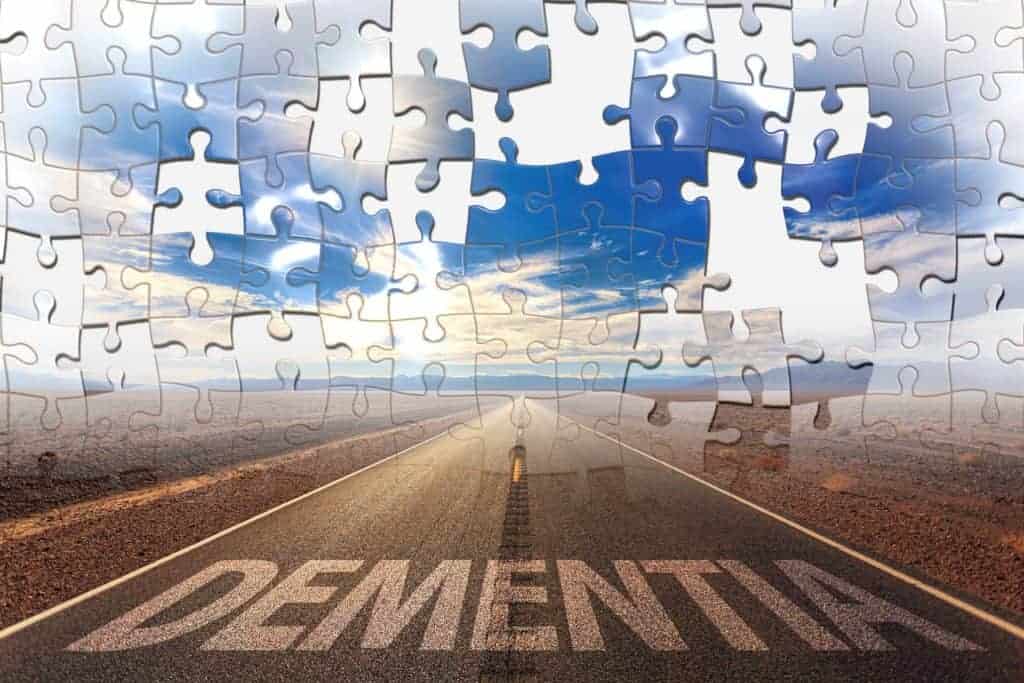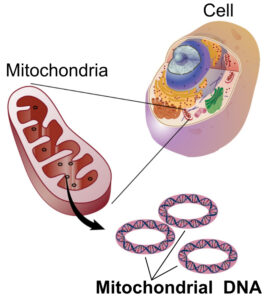Top 5 preventable causes of death
- Assessment of causes of death is one of the most fundamental metrics for population health as it shows the success and failure of health information systems and provides directions on how to improve them.
- About 56.9 million people died by the year 2019.
- Among them, more than 70% died from non-communicable diseases which typically progress slowly and are not transmitted from one to another. These include cardiovascular diseases, cancers, respiratory diseases, diabetes, dementia, neonatal deaths, etc.
- Due to improvement in living standards and an increase in life expectancy the most common causes of death have changed over time and vary significantly by country.
Cardiovascular disease
The first leading cause of mortality is from the cardiovascular disease globally which affects the heart or blood vessels or both. People die from CVD more than any other disease. Estimated around 17.3 million cardiovascular deaths in past years representing 31% of global deaths.

Most important heart diseases causing death:
- Heart attack – when blood flow to the heart wall is blocked by a blood clot.
- Heart failure– when the heart is not pumping enough blood to meet the body’s need.
- Angina– chest pain due to the restriction of blood flow to heart muscles.
- Arrhythmias– abnormal heart rhythms either too slow, too fast, or irregular.
- Cardiomyopathies– heart become unusually big, thick or stiff and often leads to heart failure or arrhythmias as it is unable to pump blood the way it should.
- Rheumatic heart disease – following rheumatic carditis caused by streptococcus.
- Congenital defects of the heart– malformation of the structure of heart from birth.
Most important vascular diseases causing death:
- Peripheral arterial disease – a disease of blood vessels supplying the arms and legs
- Coronary artery disease (Atherosclerosis)– Deposition of fat in arteries due to which blood flow to the heart muscle is blocked or reduced
- Stroke – when a artery supplying brain or spinal cord gets blocked, most often by a thrombus or embolus.
.
Risk factors
- Age over 55 years
- Sex- The commonest risk factors are more prevalent among males.
- Smoking
- Overweight or obese
- Family history of heart disease or heart attack
- Diabetes
- Hypertension
- High cholesterol
- Physical Inactivity
- Stress
- Alcohol consumption
Symptoms
- Chest pain
- Chest tightness
- Chest discomfort
- Shortness of breath
- Sweating
- Pain, numbness, weakness or coldness in legs or arms
- Pain in other parts of the body like neck, jaw, throat, upper abdomen or back
- Racing heartbeat (tachycardia)
- Slow heartbeat (bradycardia)
- Feeling lightheadedness or Dizziness
- Fainting (syncope) or near fainting
Prevention
- Quit smoking
- Avoid alcohol
- WHO recommended balanced diet
- Avoid intaking foods with high saturated fat (e.g. animal fat, lard, creams used in cakes, and creamy cookies)
- Eat healthier fat, e.g. fish oil, various types of nuts, and sunflower seeds, olive oil, etc.
- Lower the salt intake
- Low intake of raw sugar
- High fiber food
- Drink enough (more than 2 liters of water) liquids every day.
- Exercise
- Weight reduction
- Ketogenic diet
- Medications
- To lower cholesterol levels – statins
- To prevent blood clots- low dose aspirin
- To control blood pressure- anti-hypertensive drugs
Cancers
Cancer or malignancy is the second leading cause of death estimating around 8.93 million deaths. Cancer causes uncontrolled abnormal growth of cells and the ability to invade other surrounding structures resulting in damage to the immune system. Cancer cells appear in one area, then spread via the blood, lymph nodes, or through direct extension. This is called metastasis. Metastatic tumors cause severe damage to body functions and most cancer people die of metastatic disease.
Types of cancers
- Cancer is classified according to its location in the body and the tissues that it forms in.
- For example, cancer developing in bones or soft tissues is called sarcoma, while cancer that develops in internal or external surfaces of the body is called a carcinoma. Basal cell carcinomas develop in the skin and adenocarcinomas can form in the glands such as the breast.
- Common types of cancers causing death include- breast cancer, skin cancer, lung cancer, colon cancer, liver cancer, prostate cancer, leukemia (blood cancer) and lymphoma
Causes
- Genetics – cancer is strongly associated with genetics and caused by changes in the genes that control the cells function and division
- Family history of cancer
- Exposure to toxic chemicals, or radiation
- Smoking
- Chronic health conditions, such as ulcerative colitis
- Pathogens-
- Epstein-Barr virus (Burkitt’s lymphoma),
- Human papillomavirus (cervical cancer)
- Hepatitis B and C viruses (liver cancer) etc.
Symptoms: (Depends on the specific cancer types)
- Unusual lumps, or tissue masses
- Weakness
- Unexplained weight loss
- Visible skin changes
- Changes in bowel or bladder function
- Unusual bleeding from any body sites
- Persistent cough
- Voice changes
Diagnosis
- Proper medical history
- Clinical physical examination
- Laboratory studies of blood, urine, stool, etc,
- Imaging to detect abnormalities such as chest X-ray, CT scan, MRI, etc
- Tissue biopsy from suspected cancer tissue to confirm the diagnosis.
Treatment
- Surgery is done to remove the cancerous tumor from the body. A surgeon may also remove lymph nodes whenever necessary to reduce or prevent the spread of the disease.
- Chemotherapy– It helps to kill or shrink cancer cells with medications, but have many severe side effects
- Hormone therapy– Hormone therapy includes medications to change the hormonal activity in the body when hormones play a significant role in the progression of cancers such as prostate and breast cancers.
- Immunotherapy- Immunotherapy uses medications to boost the immune system to fight against cancerous cells.
- Radiation therapy- Radiation therapy uses radiation to kill or reduce the cancer cells
- Palliative therapy– it includes conservative and general measures to relieve cancer symptoms in the case of end-stage cancer were providing any other treatment will not improve survival benefits.
- Social support to control depression and anxiety
Prevention
- Avoid smoking
- Lifestyle modifications
- Physical exercise to relieve fatigue
- Proper nutrition
- Maintain a healthy weight
- Avoid excessive sun exposure
- Cancer screening
Respiratory diseases
- The 3rd most common cause of death is from a respiratory disease.
- About 3.54 million died from respiratory illness in past years.
- Respiratory disease is also called lung disorder or pulmonary disease affects the lungs, trachea, bronchi, alveoli, pleura, and other parts of the respiratory system.
- These include pneumonia, tuberculosis, asthma, chronic obstructive pulmonary disease, bronchiectasis, and acute respiratory distress syndrome.

Causes
- Infection by pathogens (Mycobacterium tuberculosis, streptococcus pneumonia etc)
- Smoking tobacco
- Occupational exposure to asbestos
- Air pollution
Symptoms
- Cough
- Hemoptysis (coughing of blood)
- Shortness of breath
- Chest tightness
- Fever
- Chest pain
Diagnosis
- Biopsy of the lung or pleura
- Blood tests
- Bronchoscopy
- Chest X-ray
- CT scan
- Sputum examination
- Pleural fluid test
- Pulmonary function test
Prevention
- Avoid smoking
- Control of air pollution
- Use of proper masks to prevent exposure to environmental pollutants
Diabetes
Diabetes is a condition in which the blood glucose level rises causing hyperglycemia due to decreased production of insulin or due to insulin resistance causing damage to body tissues including nerves, blood vessels, and eyes. Diabetes causes serious health complications such as heart disease, blindness, kidney failure, and foot ulcers which need an amputation.

Types
- Type 1 diabetes occurs when our body cannot produce insulin. It commonly affects children (aged 4-7 years) with a positive family history of diabetes.
- Type 2 diabetes occurs when our body becomes resistant to insulin or not able to release enough insulin needed to control the blood sugar level. It usually affects people who are adults (aged above 40 years), who are overweight or obese and have a positive family history.
Rusk factors and Symptoms
Risk factors | Symptoms |
|
|
Diagnosis
- Fasting and random blood sugar
- OGTT (oral glucose tolerance test)
- HbA1c
Management
- Diet control
- Eat plenty of fruits and vegetables
- Limit carbohydrates with a high glycemic index e.g. sugar, honey, watermelon, french fry, white rice, doughnuts, etc.
- Lifestyle changes
- Exercise regularly
- Weight control
- Medications
- Insulin
- Oral hypoglycemic drugs
Dementia
- Dementia includes a group of brain diseases that causes a gradual decline in brain function hampering a person’s ability to think, recent memory loss, causing emotional problems, and a decrease in motivation that is severe enough to affect daily life activities.
- The number of people dying from dementia (particularly from Alzheimer’s disease), is rapidly increasing every year. About 2.39 million died from dementia disorder thus it is considered to be one of the top five causes of death in the world.
- Death of a person with dementia is caused by another condition as the person’s ability to cope with illness and other physical problems are impaired due to the progression of dementia.
- It is a slow and progressive disorder of old age.
- Alzheimer’s disease is the most common type of dementia disorder causing death.

Risk factors and symptoms
Risk factors | Symptoms |
| Cognitive changes-
Psychological changes
|
Diagnosis
- Clinical history
- Cognitive test
- Imaging (CT scan, MRI, etc.) and blood tests to exclude other possible causes
Management
Cholinesterase inhibitors can be used to reduce the symptoms of some types of dementia.
EndNote
- By knowing how many people die each year and understanding why they died (top 5 diseases causing death) is one of the most important means for assessing the effectiveness of a country’s health system. If we can somehow minimize the risks for the top causes of death we may have a better chance of living a longer life, and healthy living. Many of the leading causes of death are preventable with lifestyle changes
- Improvements in healthcare should be made in order to provide high-quality care to reduce preventable deaths in countries.



